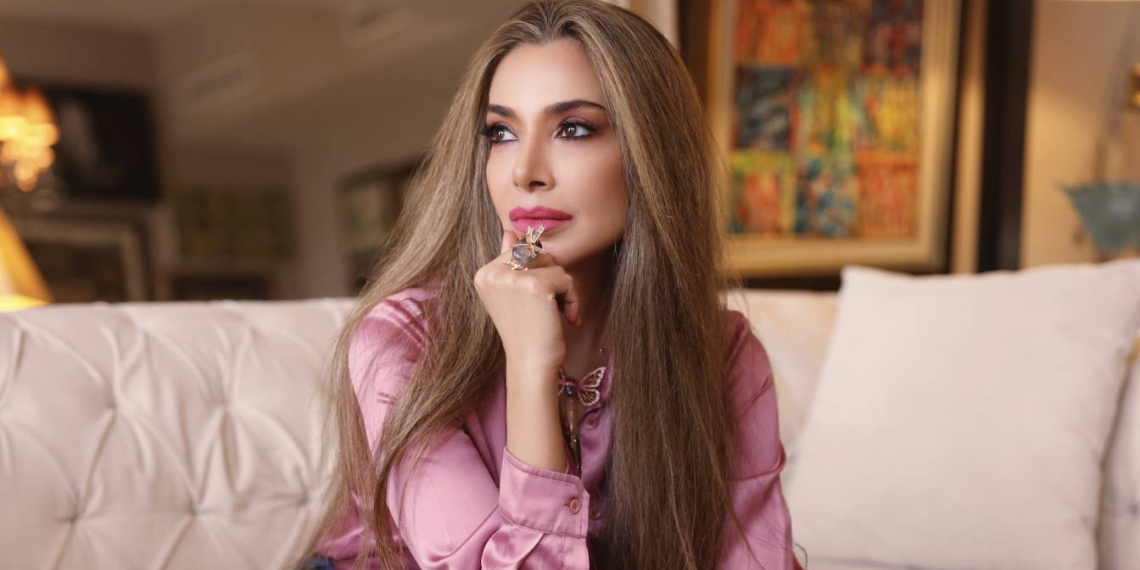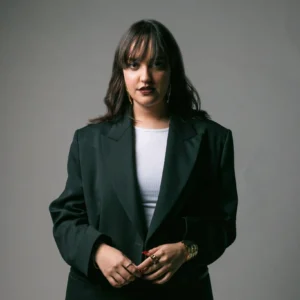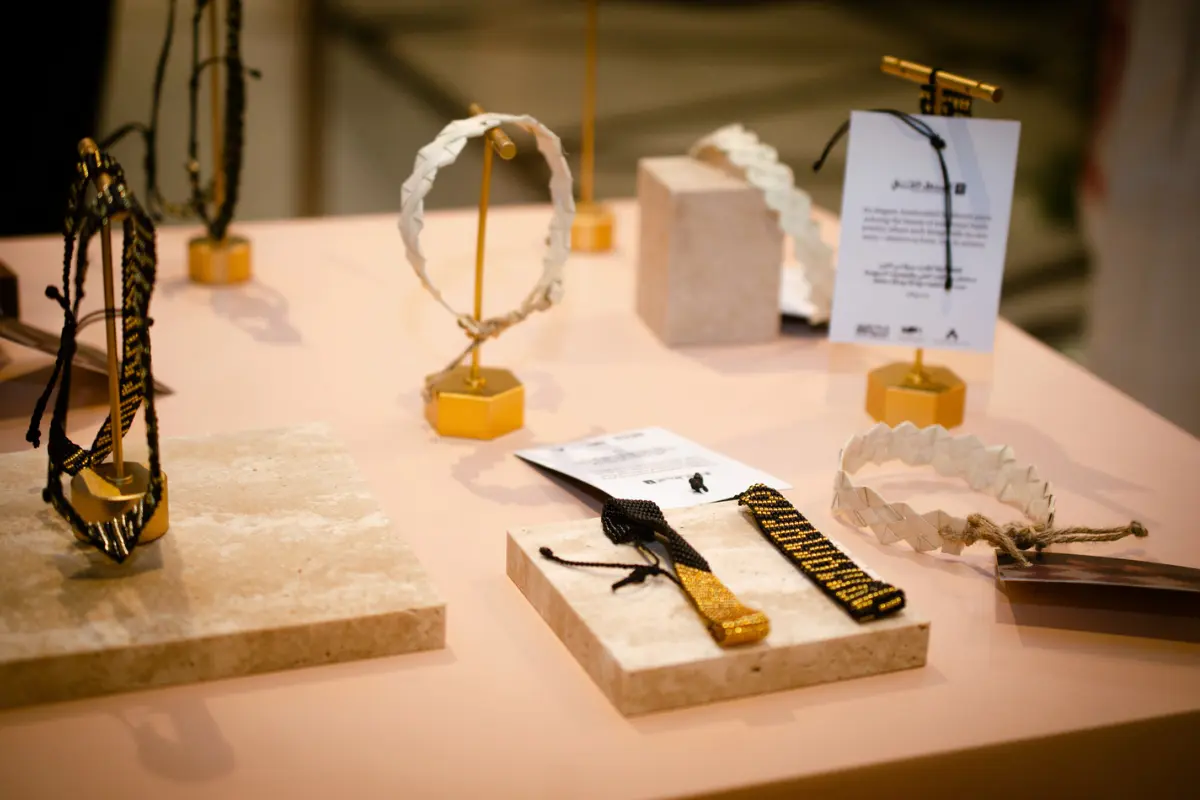Jewellery, much like art and poetry, mirrors our innermost feelings, beliefs, and values. This concept is at the heart of Beenish Mahmood’s designs, a Pakistani jewellery designer and poet based in Dubai, whose passion was sparked by her childhood fascination with the stories and landscapes that she encountered in the tales of Shehrezad from One Thousand and One Nights. Drawing inspiration from the natural beauty of the world, from the Panjsher valleys to the deep blue of Burmese sapphires, she tells a story of passion, knowledge, and craftsmanship. From a watermelon pendant that is a symbol of solidarity with the Palestinian people to her Labyrinth ring that is an ode to the multifaceted and beautiful nature of the female spirit, her designs are more than just accessories.
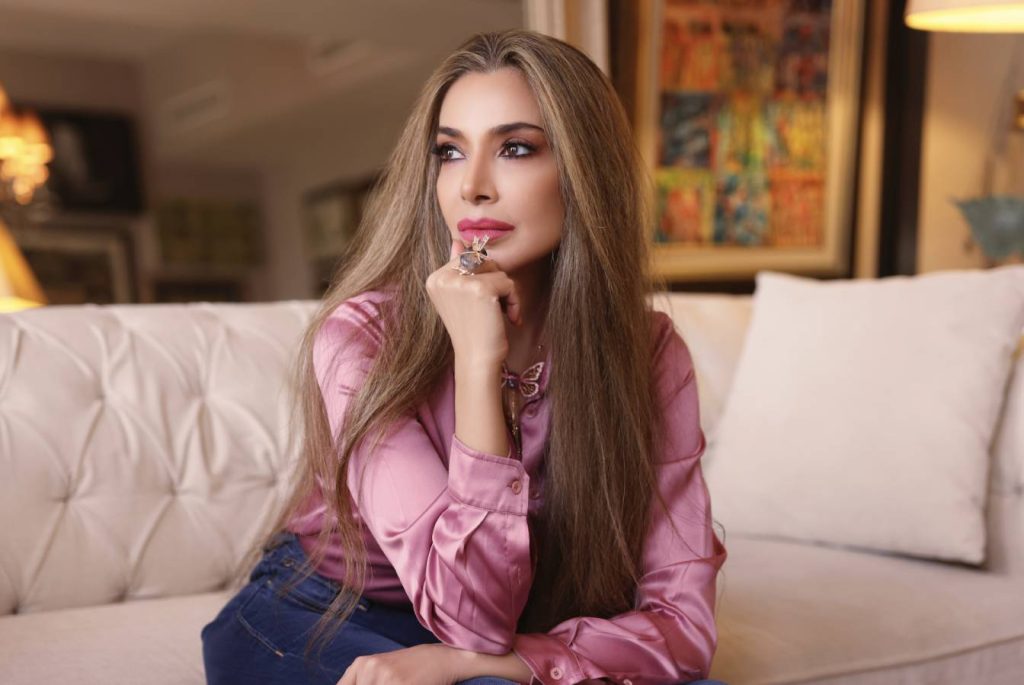
Having studied at renowned institutions like The Gemological Institute of America in New York and Carlsbad, Beenish Mahmood’s expertise has been further honed through experiences with giants like Tiffany & Co and Khalil Al Sayegh. Her dedication to showcasing the radiance of these natural wonders has earned her acclaim, including the prestigious Student Choice Award.
“I feel like art, jewellery, and poetry are quite interconnected because poetry is an art form in itself. When you create a sculpture or draw a painting, it’s a visual representation of the words that an artist is already thinking of in their mind. Similarly, jewellery is a form of wearable sculpture where every piece is evocative of an emotion, a feeling, or a memory that somebody has. These aspects of the interconnectedness between these three art forms is what I aim to capture in my designs.”
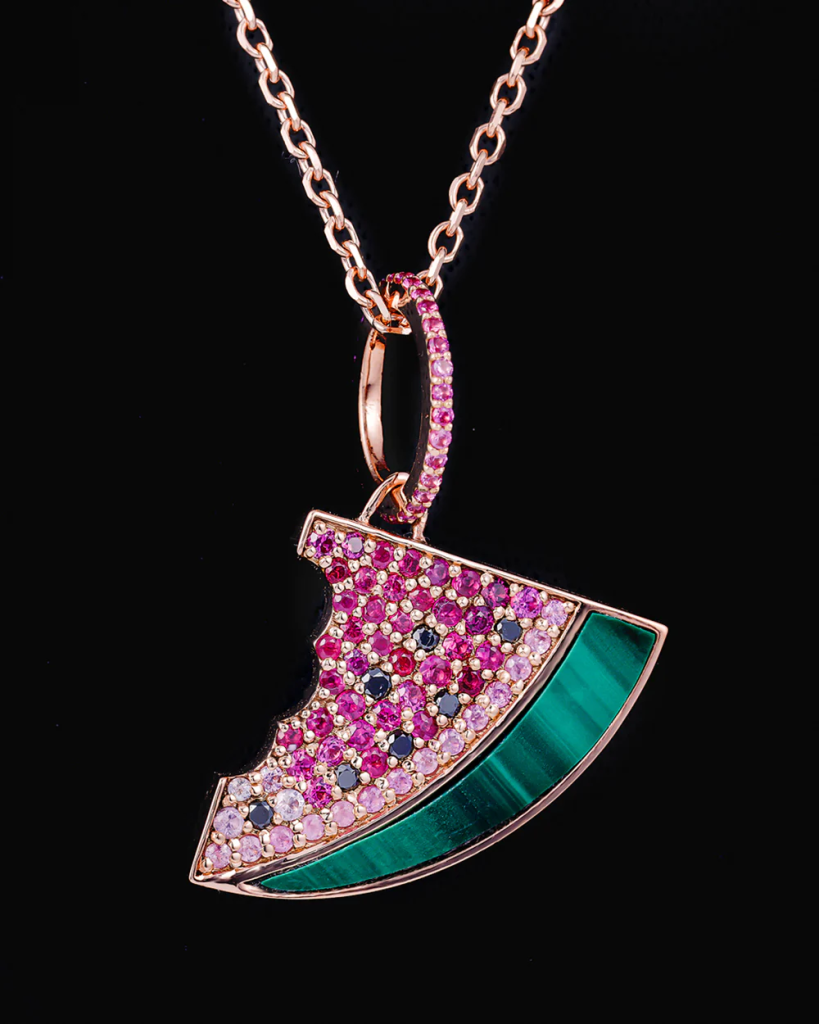
Commenting on how jewellery serves as a medium of social change, she said: “Jewellery is definitely a very important medium for social change; it can represent the current circumstances of the world we live in through it’s colour and form. For instance, I’ve designed a piece that is a watermelon pendant, representing a subject that is so painful and dear to all our hearts and as a symbol of solidarity to show the emotions that we’re feeling. I also work with a lot of local artisans in Pakistan, where we do a lot of woodwork together, bringing to life the skills of Pakistani artisans and representing what we have to bring to the jewellery world in general. This sustains local markets and artisans and it brings a heavy influence of tradition and the generational skills that are inherited and taught through lineage to these people. I do like to incorporate those in my work, as i want to support those communities of artisans and that art form in particular.”
During your time with industry giants like Tiffany & Co and Khalil Al Sayegh, could you share an anecdote or a learning moment that profoundly influenced your design philosophy?
My time at Tiffany & Co. was full of amazing experiences about the world of luxury retail and how jewellery plays such an important role in people’s emotions. I remember there was this one little girl, who was around 12 years old, and she came with her beautiful Tiffany bracelet, which she had broken. She was very upset and didn’t want it to be repaired because she believed it would never be the same again, and she was just heartbroken. I remember that the manager at the time was nice enough that he took the bracelet back, and instead of repairing it or polishing it, he actually gave her a brand new piece as a replacement, even though the one she had was a worn piece that she had worn for a few years, and this little girl was overjoyed, crying, and super emotional. I remember the manager saying afterward that this piece of jewellery for us is just one other piece from thousands that we sell, but for this girl, this was an emotion, it was a time, and it was a moment that was precious to her. And today she is 12 and she’ll come and buy a silver bracelet, but for every important moment of her life, she will always come back to Tiffany, because this memory for her is what is going to last. This bracelet might break or get lost, but she’ll always remember the moment we did this for her. And I think that, in a nutshell, is what jewellery is. That was a very defining moment for me because I really realized how direct thought that is, that goes from a purchase to someone’s heart, and how that particular memory is something that will keep it special. It’s not even about the object; it’s about the emotions and the experience of when you bought it, wear it, or inherit it.
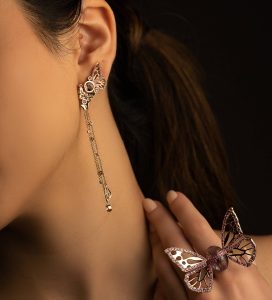
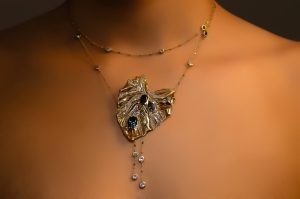
How has your Pakistani heritage influenced your designs, and are there any cultural elements you love to incorporate into your creations?
Being Pakistani is a source of immense strength for me. Pakistanis, by nature, are very resilient people. We are people who take the mundane everyday things of life, where we take our challenges and sadness, and turn it into joy. Somehow, within adversity, we find the beauty in life. To create beautiful works of art, to write beautiful poetry, and to have the most beautiful music. This is definitely one of the things that has made me who I am, and it resonates through my work, where we take small things and make them into something larger than what they were. This metamorphosis is what I want to translate into my jewellery.
Watch the full interview here:

